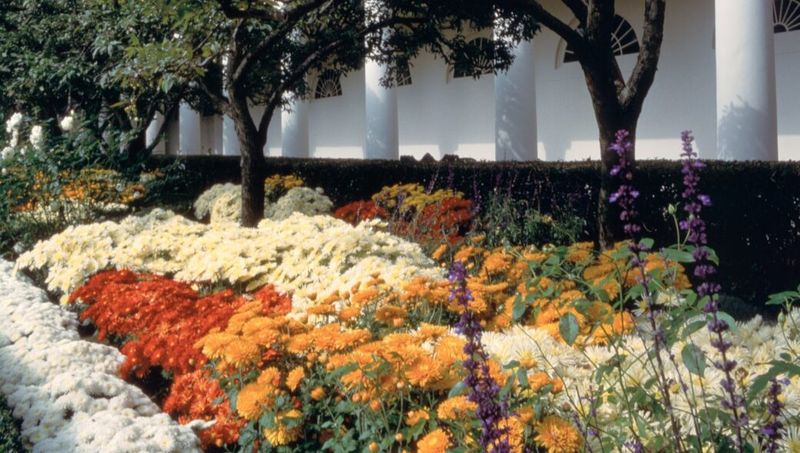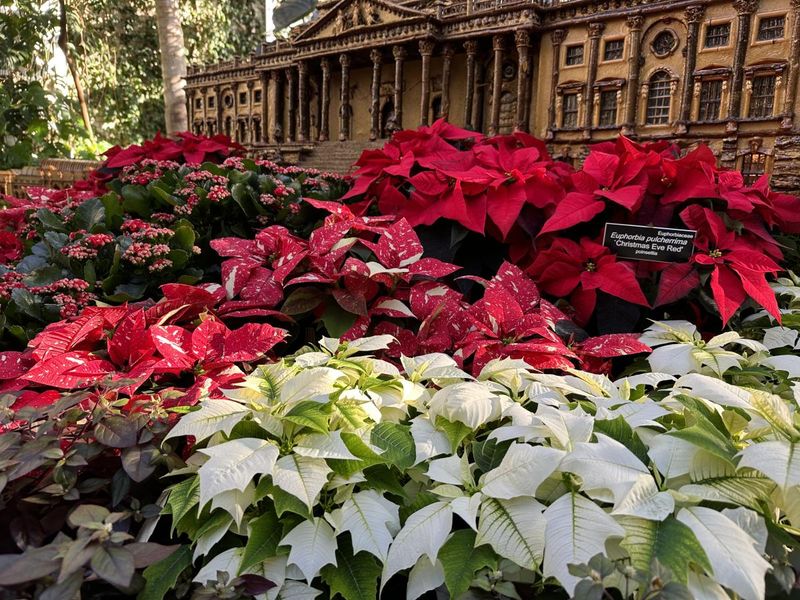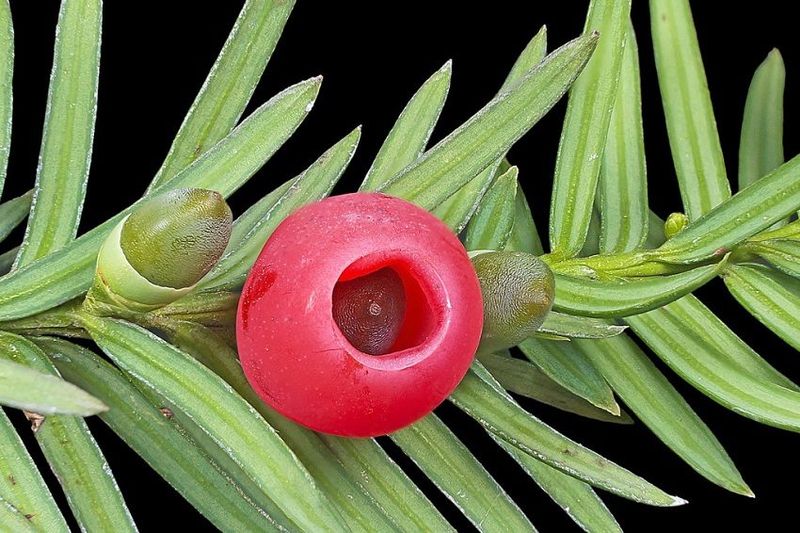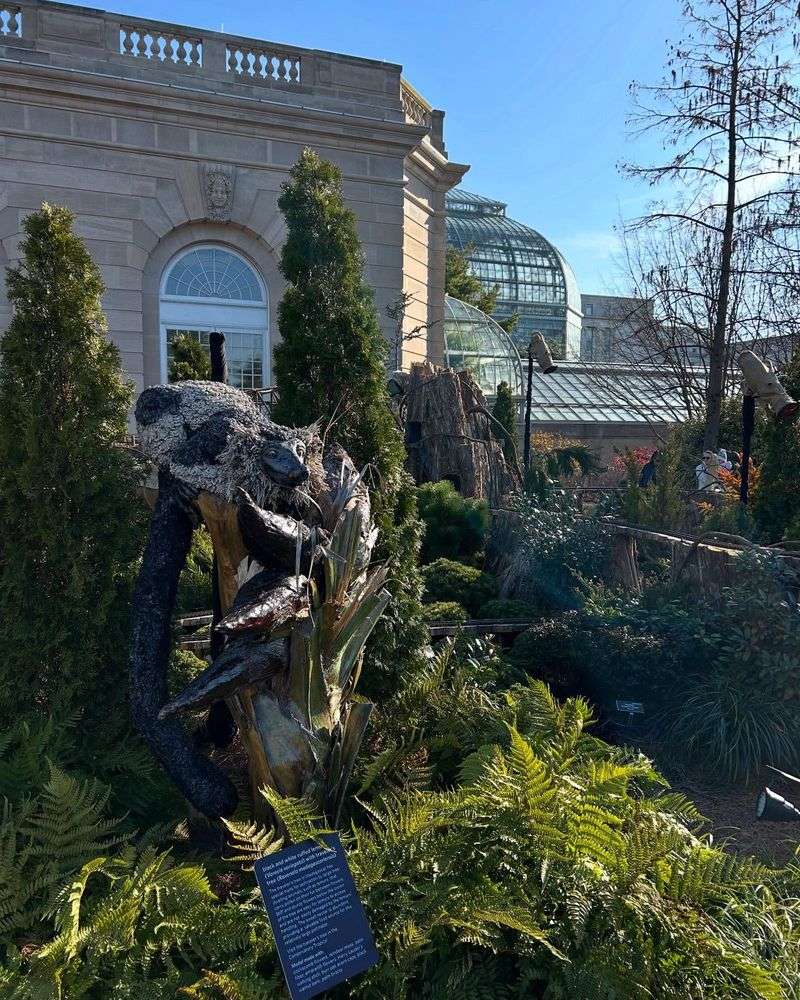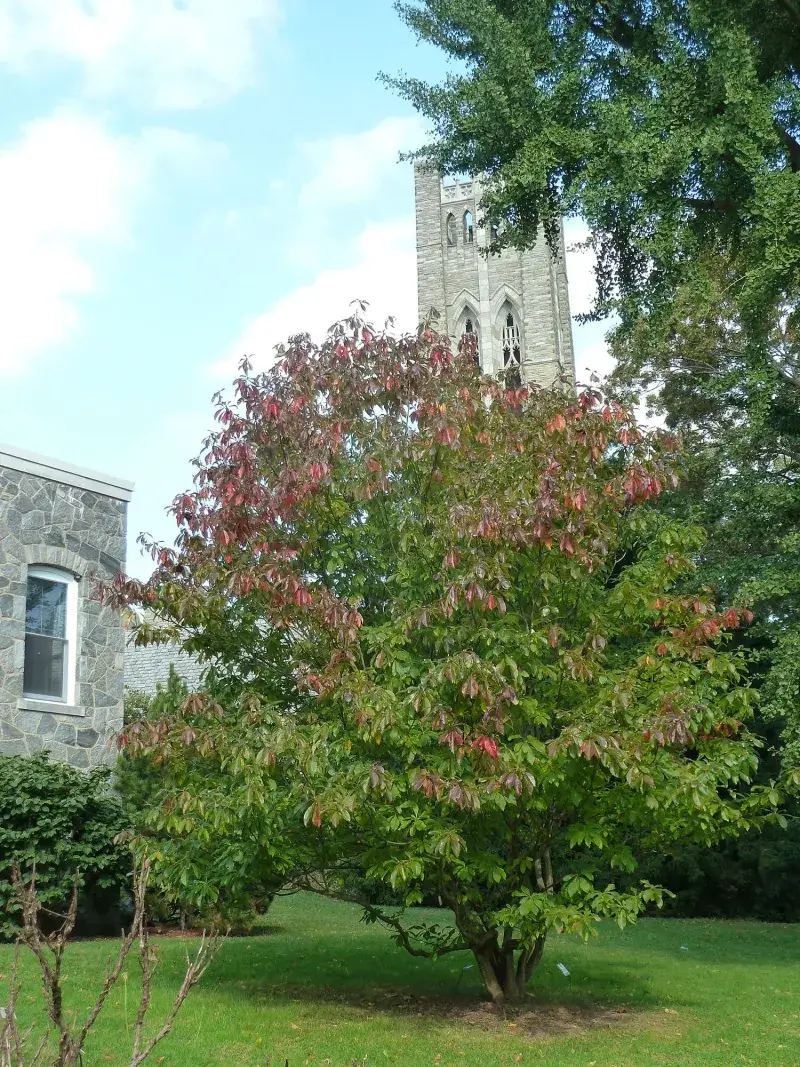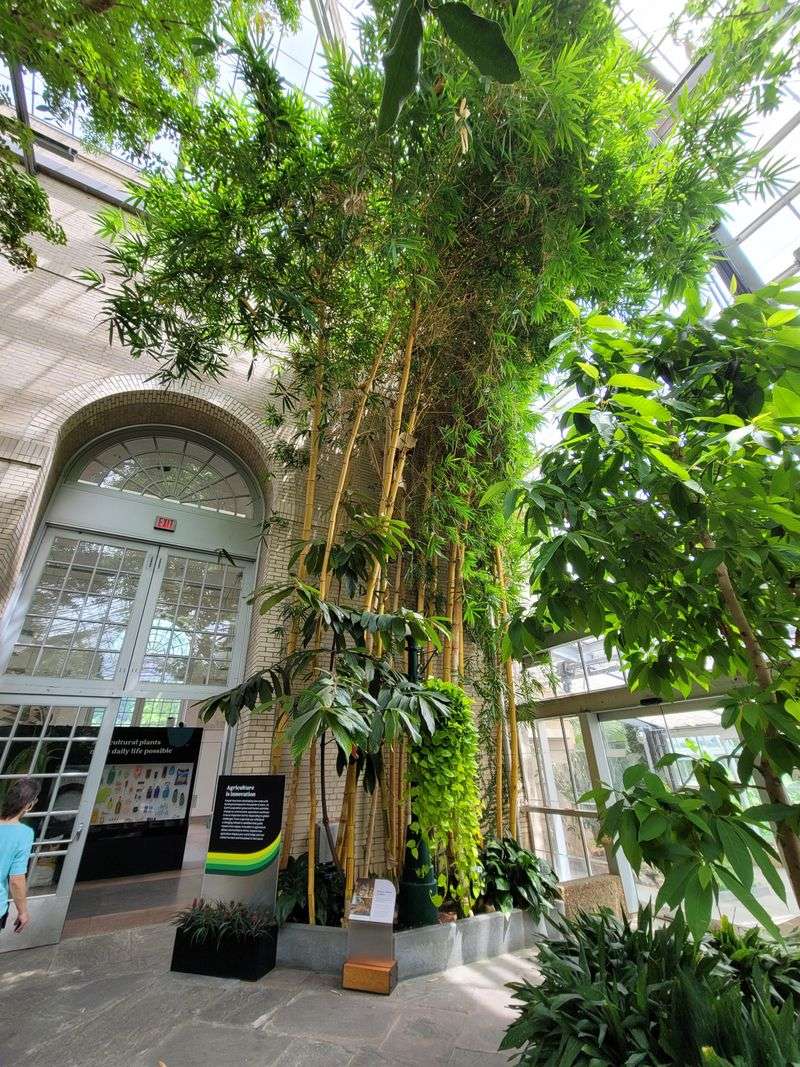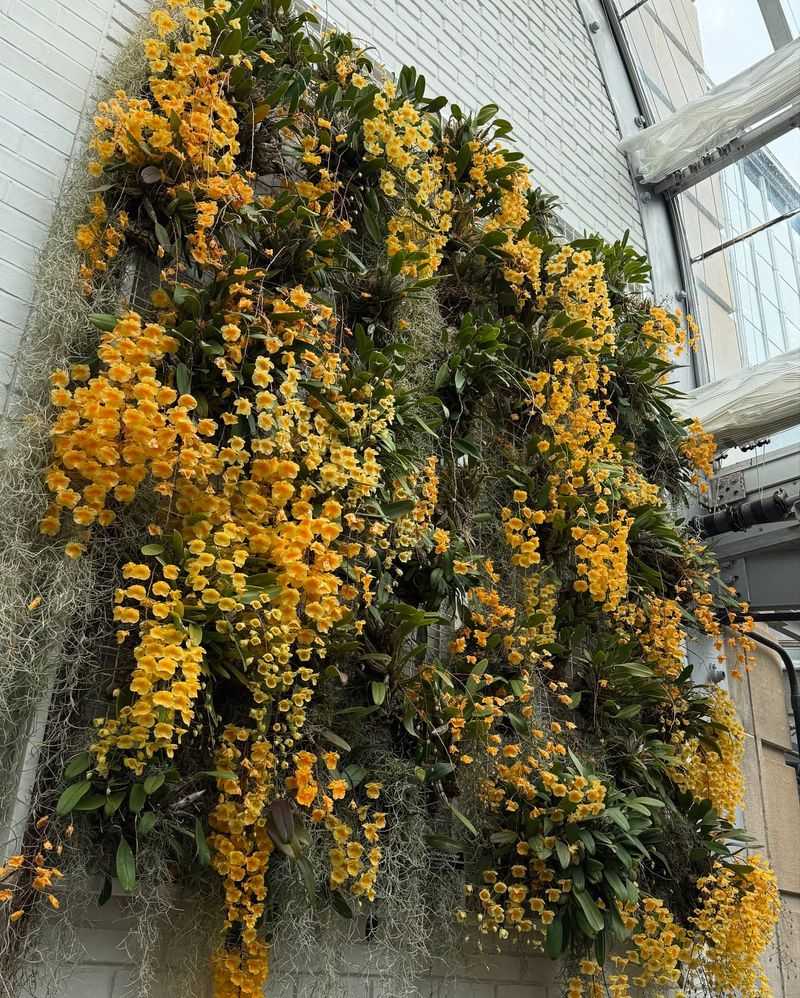Tucked beneath the U.S. Capitol, the United States Botanic Garden is more than a garden—it’s a living museum. It weaves together America’s history and its botanical wonders, inviting visitors into a space where nature and heritage meet.
Every path feels like a quiet tribute to the past. Since 1820, this cherished institution has safeguarded rare and remarkable plant species. Its collections tell stories not just of flora, but of the people and events that shaped the nation. It’s history told through leaves, petals, and roots.
From medicinal herbs used in early settlements to plants tied to global exploration, the garden reveals surprising links between nature and pivotal moments. It’s a place where curiosity blooms, offering a fresh lens on our shared legacy.
1. Presidential Plant Collections Tell White House Stories
Walking through the garden’s special collections area reveals botanical specimens that once graced presidential homes. Thomas Jefferson’s favorite ornamentals grow alongside plants from Washington’s Mount Vernon estate, creating living links to our founding fathers.
The garden maintains descendants of trees planted by various presidents, preserving genetic lines that witnessed historic moments. Some specimens trace back to cuttings taken during Lincoln’s administration.
For history enthusiasts, these presidential collections offer a tangible connection to America’s past that history books alone cannot provide.
2. Native American Plant Knowledge Preserved
Ancient indigenous wisdom finds sanctuary in dedicated garden sections showcasing plants traditionally used by Native American tribes. Medicinal herbs, food crops, and ceremonial plants demonstrate sophisticated botanical knowledge developed over thousands of years.
Educational panels throughout these exhibits explain how various tribes utilized specific plants for healing, sustenance, and spiritual practices. The garden works with tribal representatives to ensure accurate representation of cultural practices.
Visitors gain appreciation for Native Americans’ sustainable relationship with plants long before European settlement.
3. Lewis and Clark Expedition Plants Survive Today
Botanical treasures from the famous 1804 expedition thrive in a dedicated garden section, showcasing specimens first documented by Meriwether Lewis and William Clark.
Visitors can see living examples of plants that revolutionized scientific understanding of North American flora. The garden cultivates over 200 plant species collected during their historic journey.
Each plant tells a story of discovery and represents America’s westward expansion. Careful preservation efforts ensure these living artifacts remain for future generations to study and appreciate.
4. Colonial Medicinal Garden Reveals Early Healthcare
Stepping into the medicinal garden transports visitors to early American apothecaries where colonists relied on plant remedies. Foxglove, willow, and chamomile grow alongside informational displays explaining their historical applications in treating common ailments.
Garden staff demonstrate traditional methods for preparing tinctures and poultices during special events. Many plants in this collection came from seeds preserved in colonial-era herbarium collections.
Modern visitors often express surprise upon learning that many contemporary pharmaceuticals originated from these humble botanical beginnings.
5. Economic Botany Exhibit Highlights Industrial Revolution
Cotton, indigo, tobacco, and other commercially significant plants fill this thought-provoking exhibit on how botanical resources shaped America’s economic development. Interactive displays demonstrate processing techniques that transformed raw plants into valuable commodities.
The garden doesn’t shy away from difficult conversations about how these plants connected to labor practices throughout American history. Carefully researched interpretive materials provide context about changing agricultural methods.
School groups particularly benefit from this section’s clear connection between botanical resources and historical events.
6. Bartram’s Garden Connection Preserves Early American Botany
America’s first botanist, John Bartram, lives on through carefully maintained plant specimens originally cultivated at his historic Philadelphia garden. The Botanic Garden preserves these botanical treasures that once traveled across the Atlantic to European royal gardens.
Rare Franklin trees, discovered by Bartram and his son William, represent one of America’s most famous conservation stories.
These flowering trees went extinct in the wild but survive today thanks to Bartram’s cultivation. The collection honors early American scientific contributions that established our nation’s botanical identity.
7. Victory Garden Recreates WWII Home Front History
During special exhibitions, the garden transforms sections into authentic Victory Gardens reminiscent of those that produced 40% of America’s vegetables during World War II. Neat rows of practical crops demonstrate how everyday citizens contributed to the war effort through gardening.
Original seed packets, gardening tools, and wartime posters enhance the historical atmosphere. Volunteer gardeners sometimes dress in period attire while tending the plots during public demonstrations.
This living history exhibit resonates with visitors whose parents or grandparents maintained similar gardens during wartime.
8. Conservation Gallery Chronicles Endangered Plant Rescue
Rare plants rescued from the brink of extinction tell compelling conservation stories in this dedicated gallery. Specimens like the Franklinia alatamaha (extinct in the wild since 1803) demonstrate the garden’s crucial role in preserving biodiversity throughout American history.
The conservation laboratory, visible through glass walls, shows visitors real-time preservation work. Scientists explain propagation techniques developed over the garden’s 200-year history.
This section powerfully illustrates how botanical gardens serve as modern-day arks for plant species threatened by changing landscapes and climate.


